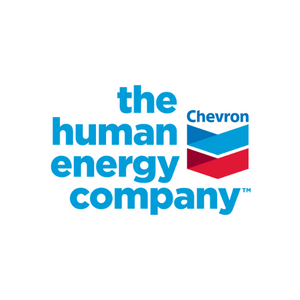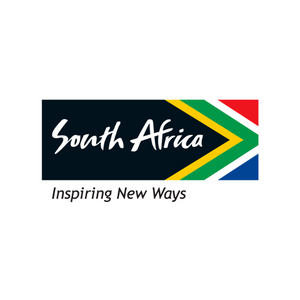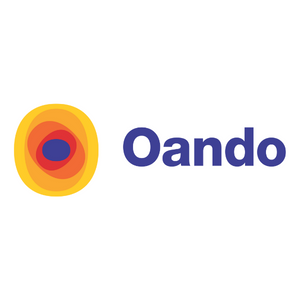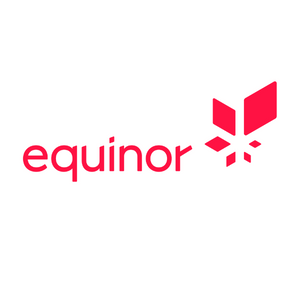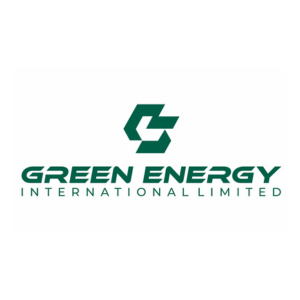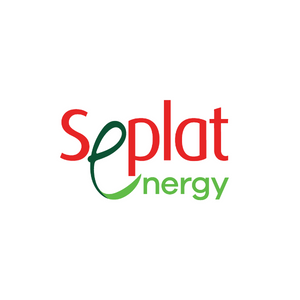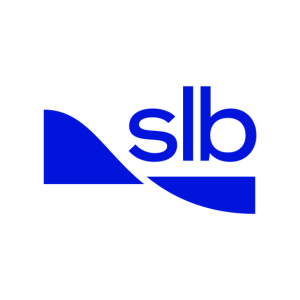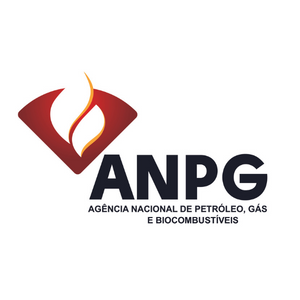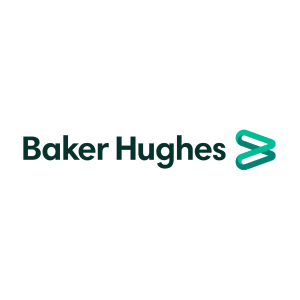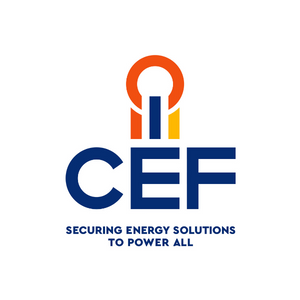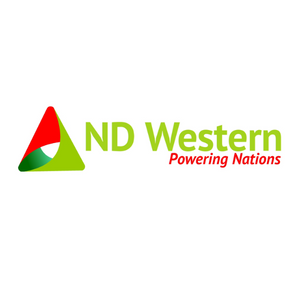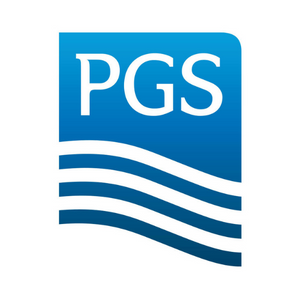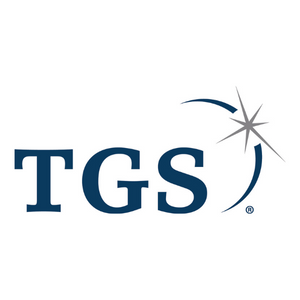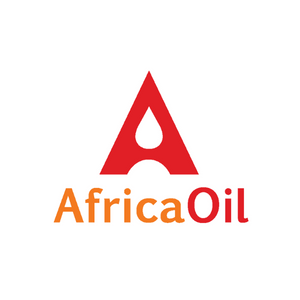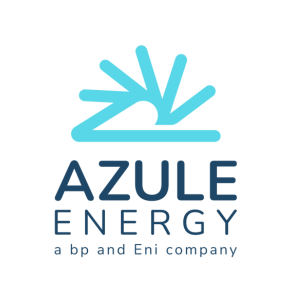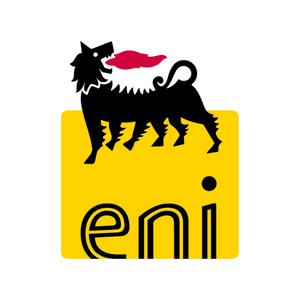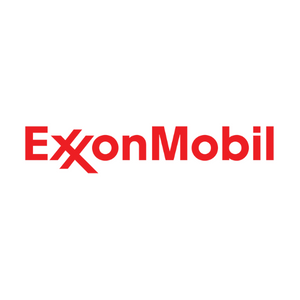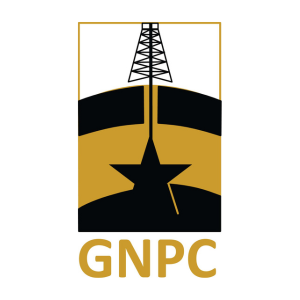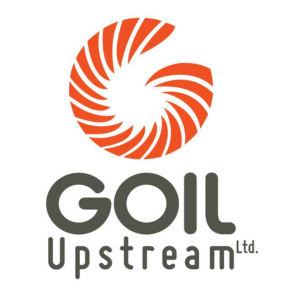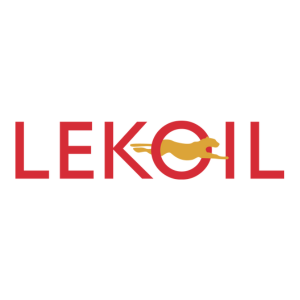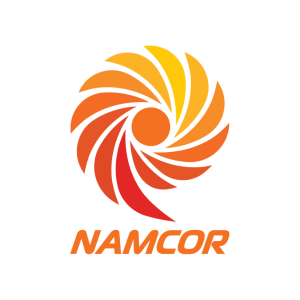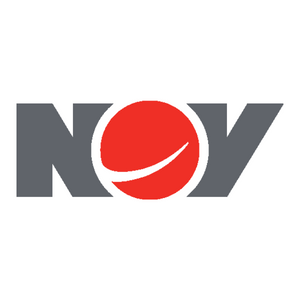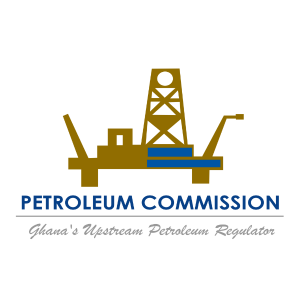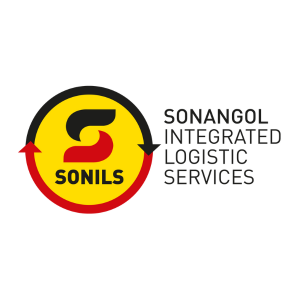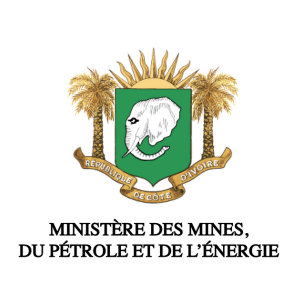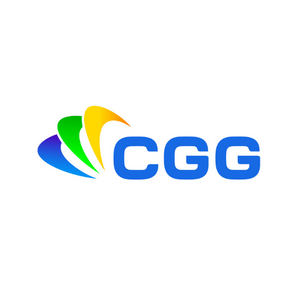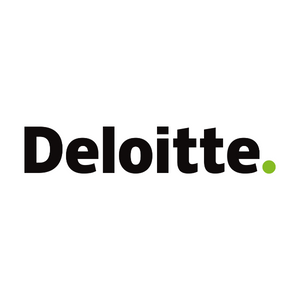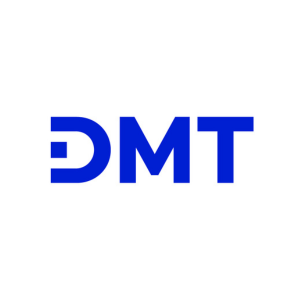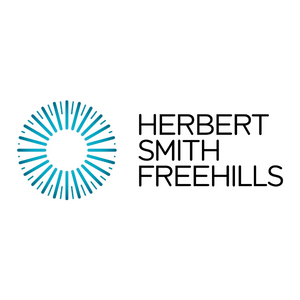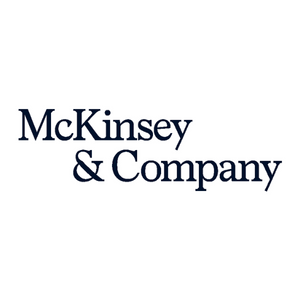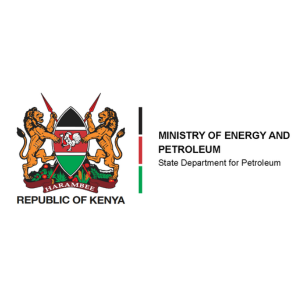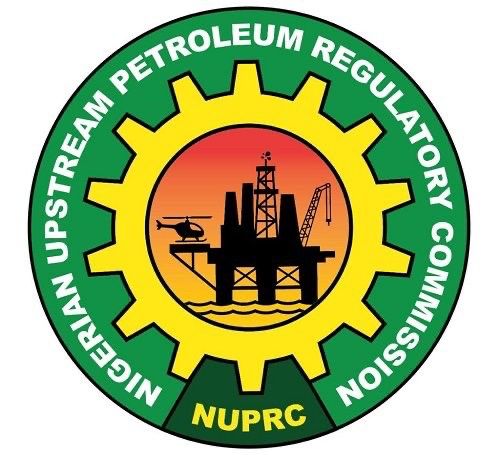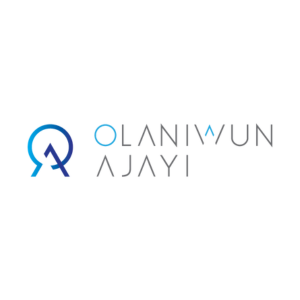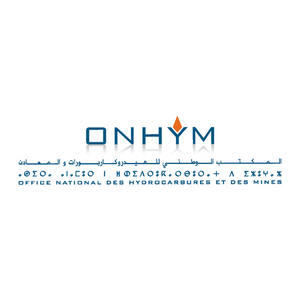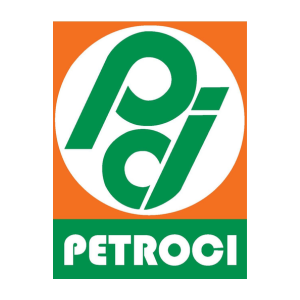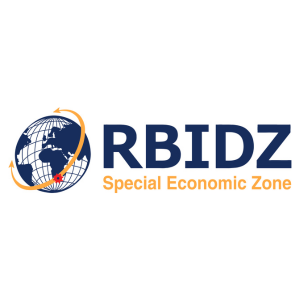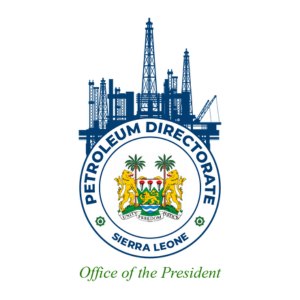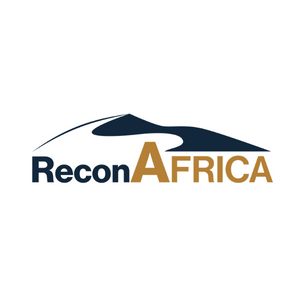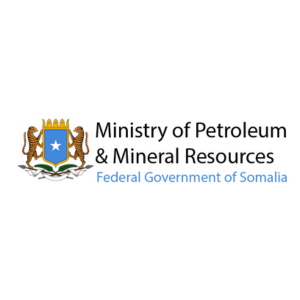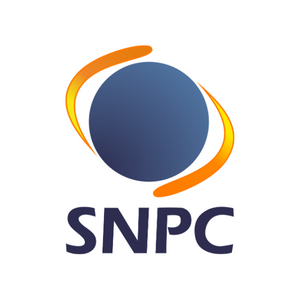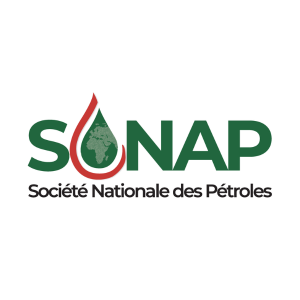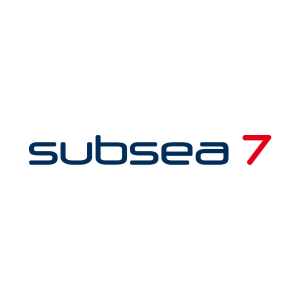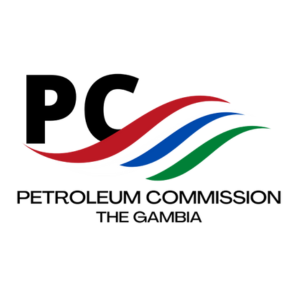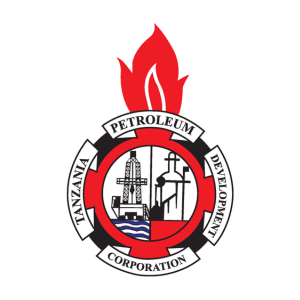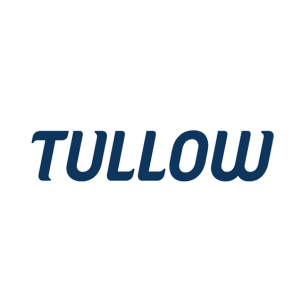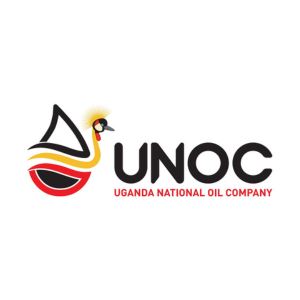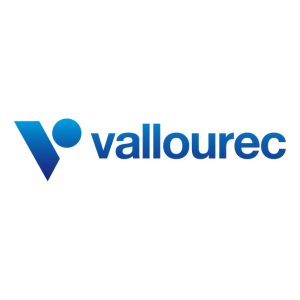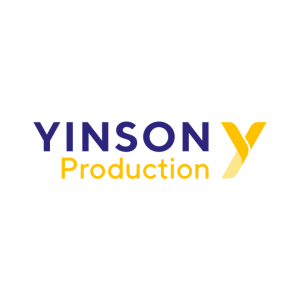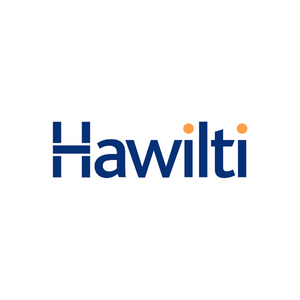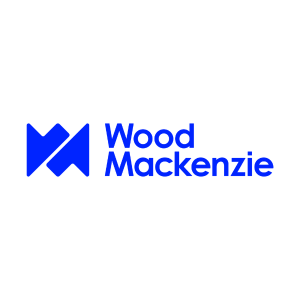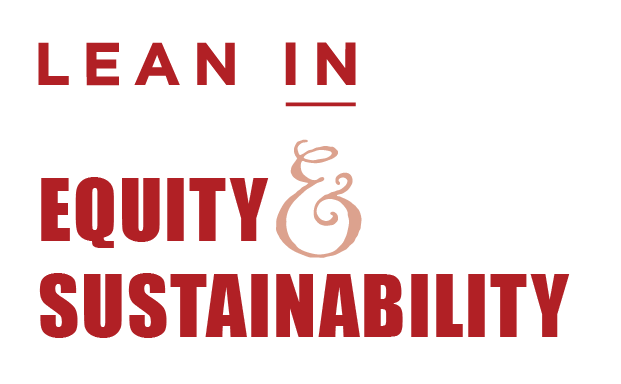Latest update from NVentures on Exploration, Appraisal & Development, Deal Transactions and Bidding Rounds.
.png?width=150&height=120)
Exploration Drilling
Various exploration drilling campaigns are planned for H2 2019. Current wildcat activity is relatively confined to Ghana and Senegal.
In Senegal Total and Petronas are working together to target the deepwater, the first deepwater well in this basin since the Samo well (Petronas and FAR). Using a Pacific Drilling unit, the group have spud the Jamm 1X wildcat, Rufisque Offshore Profond. The result will be of great interest to the industry, where companies shave taken large tracts of acreage from Mauritania to AGC (and soon Guinea Bissau one expects). A successful well could prove a southern extension of the Tortue / Yakaar trend, or the western extension of the SNE/FAN oil trend. The well could even deliver results from a mature Cenomanian Turonian kitchen, which would ramp up interest in the basin.
In Ghana, ENI and Vitol are drilling the Akoma 1 well, to the northeast of the producing Sankofa gas/condensate field. Reservoir maps for the Sankofa complex locate Akoma-1 up-dip of, and on trend to, the Campanian channel system, a proven oil and gas reservoir at Sankofa and Gye Nyame.
Wells to Watch
In Cameroon, Tower updated the market that NJOM3, Thali block, is due to spud in the last week of May 2019.
Kosmos updated the industry on its planned drilling campaign for West Africa next year. This includes STP-1 (mid-2020) in Sao Tome & Principe, a well in Equatorial Guinea in or near EG 24, PEL 39-1 (first half of 2020) in Namibia and CD-1 (mid-2021) in Cote d’Ivoire.
In Morocco Chariot announced it has plans to drill MOH-B, (Mohammedia licence) in the first half of 2020 and Kenitra-1 (Kenitra licence) in the first half of 2021. Chariot also announced it plans to drill Prospect V, PEL 71, in the second half of 2021 offshore Namibia.
Appraisal and Development
Offshore Angola, Total announced production has started at Kaombo Sul, which is the second FPSO unit of the Kaombo project on Block 32. It will produce 115 mbopd and bring overall production capacity to 230 mbopd. Kaombo Norte started producing 8 months ago. This development may improve the chances of smaller discoveries to the east in Block 18.
Coastal Congo (ROC), Anglo African say testing of oil from TLP-103 has confirmed an API of 43 and that the source of the oil is the Djeno reservoir.
In Egypt, SDX say the start-up of gas production at South Disouq is planned for mid-year, though if the final commercial terms of the Early Production Facility are not agreed then start-up will be delayed until after the Central Gas Processing facility is completed, which is expected to be in Q4.
Offshore, ENI plans to drill 3 new wells in the Shorouk concession and add them to the Zohr natural gas field to increase production.
Offshore Equatorial Guinea Noble and partners have approved the Alen natural gas development. First production is expected in H1 of 2019.
Sound Energy are testing at TE-10, Greater Tendrara area in Morocco. Offshore, Chariot is due to drill the Anchois-2 appraisal well, Lixus licence, in mid-2020.
In Nigeria the long suffering MX Oil announced the Aje field, OML 113, continues to produce oil from its two producing wells at a consistent rate of around 3,150 bopd.
At SNE in Senegal, Woodside has taken the drillship duo Ocean BlackRhino and BlackHawk for a combined total of four years work.
In Tanzania Orca have released their 2018 Independent Reserves Evaluation. Gas production was 14.6 Bcf, which is the equivalent of 39.9 mmcfgd and a 4% decrease compared to 2017.
Tullow updated Q1 results, saying production in West Africa for Q1 of 2019 averaged 84.6 mbopd. The Enyenra-10 production well at the TEN field in Ghana came onstream in early March. Maurel & Prom said total working interest production increased by 8% compared to the last quarter. Oil production in Gabon was 24.7 mbopd and gas production in Tanzania was 73.7 mmcfgd.
Deal Transactions
In Namibia, ExxonMobil continue to establish a dominant position in the Namib Basin. Having taken three large blocks in southern Angola, the firm in Namibia has acquired two blocks (1710, 1810) and joined Namcor in two further blocks (1711, 1811). This large contiguous acreage position should be enough to test the syn-rift and sag basin on this passive margin, though to include lower Cretaceous early syn rift source kitchen. The area has been overlooked in the past; in Angola focus has been firmly in the Kwanza and L Congo basins, in Namibia the Walvis basin (and soon the Orange Basin) attracted the most exploration dollars.
In the Orange Basin, there are strong indications that Total have extended their position south into South Africa. The Sezigyn acreage Orange Basin Deepwater may be subject to a farm-in offer from Total. Sungu Sungu (related to Sezigyn and Ricocure) may also get an offer on the Orange Basin Central to the east.
Further south, ENI are rumoured to be joining Anadarko on Blocks 5,6 and 7.
In Egypt Soco announced that the acquisition of the Merlon Petroleum El Fayum Company has been completed.
Offshore Morocco, Chariot Oil & Gas strengthened its position, announcing the award of a 75% interest and operatorship of the Lixus Offshore Licence, in partnership with ONHYM who holds the remaining 25%. Onshore Morocco Upland are reported to have received unsolicited requests for farm-in to the Saouaf Licence. The Hydrocarbon Consultative Committee recently approved their Operatorship
Bid Rounds
Democratic Republic of Congo – The DRC is planning a licensing round to launch this year (2019) with more than 20 onshore oil and gas blocks.
Kenya, the Ministry of Petroleum and Mining, have issued a tender for a large multiclient 3D survey offshore the Lamu Basin. The data will be integrated with existing patchy 3D data over acreage that is due to be released in a competitive bid round, targeted at 2021.
Senegal and Kenya have updated their Petroleum Codes recently. In Kenya The Petroleum Bill proposes the establishment of the Upstream Petroleum Regulatory Authority (UPRA) and National Upstream Petroleum Advisory Committee (NUPAC).

